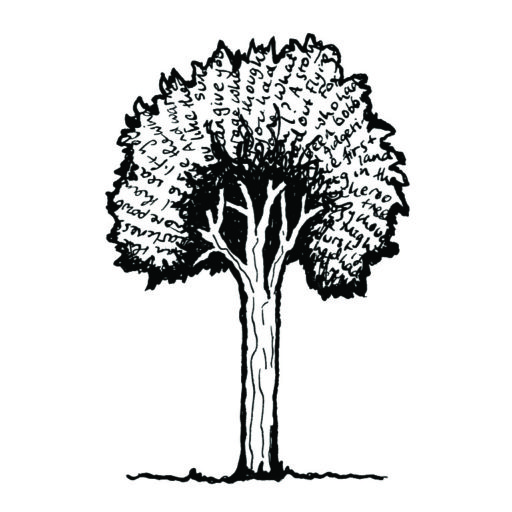We’ve always had a lemon tree, in every place that we’ve lived. “The most useful fruit tree you can have,” says Ray. But the other great thing about cultivating lemons is that a beautiful butterfly tends to follow. Caterpillars of the Orchard Swallowtail Butterfly Papilio aegeus munch on many different types of citrus trees, including lemons, before transforming into their winged adult form.
Michael Fox, the dynamo behind Brisbane’s Pollinator Link, recently commissioned me to produce a series of colour illustrations depicting the life stages of this butterfly.
It all begins with an egg, laid by the female butterfly, on a plant in the family Rutaceae:

Egg of the Orchard Swallowtail Butterfly
The butterfly lays its eggs on many native species of Rutaceae too, including Boronia, Clausena, Flindersia, Geijera, Phebalium and Zieria.
When the caterpillar is small it looks like a bird dropping:

Early instar larva of the Orchard Swallowtail Butterfly
Older caterpillars look quite different:

Late instar larva of the Orchard Swallowtail Butterfly
The butterfly then pupates in a chrysalis:

Chrysalis of the Orchard Swallowtail Butterfly
The colour of the chrysalis often matches its location:

Chrysalis of the Orchard Swallowtail Butterfly
Finally, a beautiful adult butterfly emerges and the cycle begins again:

Adult Orchard Swallowtail Butterfly, on Native Lime (Finger Lime).
Orchard Swallowtail Butterflies often rest with their wings spread, which is unusual for butterflies:

Adult Orchard Swallowtail Butterfly, on Native Lime (Finger Lime).
Not to be confused with the equally gorgeous Joseph’s Coat Moth:

Adult Joseph’s Coat Moth
The Orchard Swallowtail Butterfly is found across eastern Australia, and its range has recently expanded in Victoria and into South Australia due to the cultivation of Citrus trees. The Joseph’s Coat Moth Agarista agricola is a day-flying moth that occurs in the Northern Territory and from northern Queensland to central New South Wales. Its larvae feed on native grape vines (Cayratia clematidea, Cissus sp.) and also the exotic grape vine (Vitis vinifera). See the fab Brisbane Insects website for more info and pictures.
So if you plant lemons and grapes, some beautiful beasts may follow. You can enjoy home-grown fruit, and support native wildlife too!
References:
Braby, M.F. (2016) The complete field guide to butterflies of Australia. 2nd Edition. CSIRO, Clayton South.
Common, I.F.B. (1990) Moths of Australia. Melbourne University Press, Collingwood.
All illustrations on this page were created using permanent ink, water-soluble ink, and coloured pencil on watercolour paper.
This blog has been a little quiet lately because I’m busy writing a book called Stories of Second Lagoon which is aimed at kids 8 to 12 years old. I’m having a lot of fun and learning heaps about storytelling. Look out for the book launch – probably sometime in the next 12 months, fingers crossed!
Discover more from Paperbark Writer
Subscribe to get the latest posts sent to your email.

Good to see you back Paula
Thanks Sue! I hope you are well 🙂
Lovely!
Oh thank you 🙂 Thanks also for the order! The print is made-to-order so the delivery time depends partly on how busy the printer is. But I’ll order it today so I can get it to you ASAP.
Looking forward to it! Good luck with your new book too!
Such a pleasure to see. Thank you.
Thanks so much for reading and commenting Sherry!